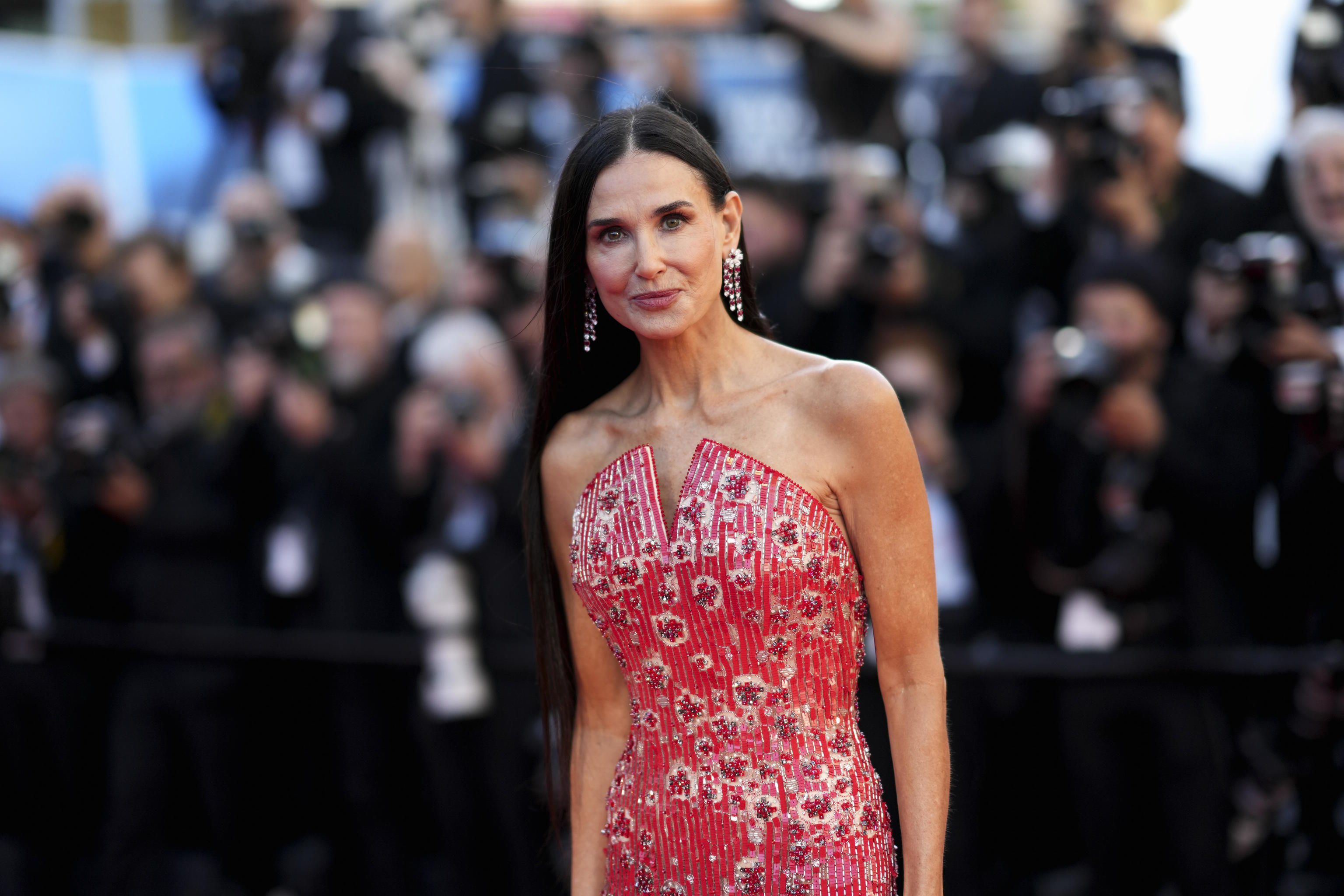"I've been doing this for a long time, over 45 years, and it's the first time I've won something as an actress. Thirty years ago, a producer told me I was a popcorn actress, and that made me feel like this was not something I was allowed to have." That "something" that Demi Moore referred to in the early hours of January 6th is a Golden Globe, cradled in her arms almost like a first-time mother nurturing her baby.
That same night, in the Beverly Hilton ballroom, Sofia Vergara's shout -"Give me one!"- went viral as Jodie Foster began her acceptance speech after winning her fourth Golden Globe. Amidst the laughter, the first sentence of that speech floated almost unnoticed: "The best thing about being this age and in this era is having the support of this entire community." She added, "If we are here, it is for one reason only, the incredible and beautiful Issa López [showrunner of the fourth season of True Detective]."
From the audience, with their respective nominations, their fellow actresses Nicole Kidman and Pamela Anderson listened to the words of their colleagues.
The scene, more fitting for any of the ten years that make up the 90s decade, was taking place in 2025. Something is happening in Hollywood. The great 90s divas are back, and suddenly, the awards have remembered their existence. Demi Moore is currently the top contender to win the Oscar for Best Actress - her first - for The Substance. Nicole Kidman is poised to receive her nomination for Babygirl in the top award after accumulating a series of landmark titles in the audiovisual industry in recent years. The same scenario presents itself to Pamela Anderson, who had disappeared from the spotlight for years, with The Last Showgirl. Also in series, Jodie Foster is the standout of the year, with her double win at the Emmy and Golden Globe Awards with True Detective. And, outside of the awards season, Winona Ryder, scorned for years, is now a cult figure for her role in Stranger Things, which Netflix will conclude in 2025.
Why has this resurrection occurred? Firstly, because a generation of female directors, whose childhood and youth were marked by the heyday of these women, have brought them back. And not only that. Instead of doing it from the memory of the sexual or beauty icons they were in the 90s, they have placed them in auteur productions. Demi Moore and Pamela Anderson, for example, have embarked on films where they question the standards that accompanied them for much of their careers. "Movies now have more respect for their actors and are not as sexualized," noted Gia Coppola, director of The Last Showgirl, at the San Sebastian Film Festival press conference. Without mentioning her protagonist, but inevitably referring to her. There is the image of a vibrant Pamela in her red swimsuit in Baywatch, her countless Playboy covers, or the leak - and subsequent backlash - of her sex tape with Mötley Crüe drummer Tommy Lee in the early days of the internet... Rigoberta Bandini sings about it: They had to punish you / and throw you into a sea of tigers / always hungry for your flesh.
In an interview with this newspaper, Coralie Fargeat, creator of The Substance, stated that the basis of her film - the pursuit of eternal youth in women to stay on screen - arose after reading Demi Moore's autobiography. "I realized how she inhabits her body, transforming it to obsession. She dared to do things that make her a feminist ahead of her time." The actress broke the female salary record in 1996 and, after several failures on screen, faded away in the midst of a spiral of enhancements, addictions, and abrupt romantic breakups. The same could be said for Winona Ryder, who with a similar trajectory even was convicted in 2002 for theft and grand theft after taking several clothing items worth $5,500 from a Saks store in Beverly Hills.
The third pillar supporting the return of the 90s divas is provided by Manuela Partearroya, a philologist, specialist in the relationship between literature and audiovisual media, and author of the book "Luces de varietés." "The percentage of screen time these actresses have had has not been matched by any who have emerged from 2005 onwards," she explains, citing examples like Amanda Seyfried, who ended up being a "flash in the pan" when she seemed to be following in the footsteps of her predecessors. "Those with more talent like Emma Stone, in the end, move towards auteur cinema and become more actresses than stars," she concludes. Because in that walk of fame, many of these actresses ended up being buried - even disintegrated, if one considers Demi Moore's narrative in The Substance-. At least partially. Because now they have broken the slab that covered them and are back among the living.
